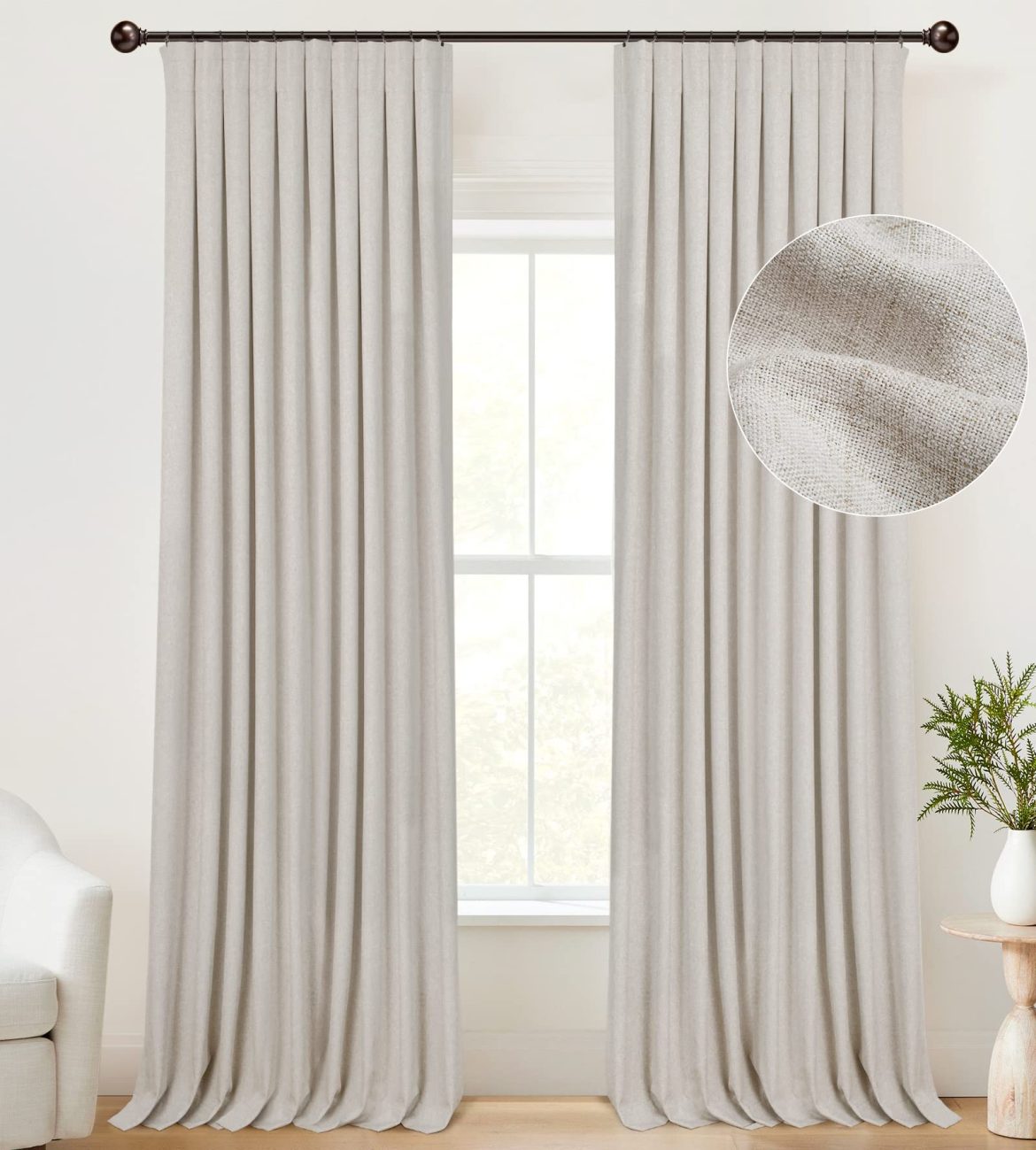Moving can be a daunting task, but with the right house moving company in Auckland, it can become a smooth and stress-free experience. Auckland, known for its bustling urban life and diverse neighborhoods, offers a plethora of options when it comes to moving services. Whether you’re relocating within the city or moving to Auckland from another location, selecting the best house moving company is crucial for a successful transition.
Factors to Consider When Choosing House Moving Companies in Auckland
- Reputation and Reliability: When researching house moving companies in Auckland, prioritize those with a solid reputation for reliability. Check online reviews and testimonials from previous customers to gauge their service quality and customer satisfaction levels.
- Experience and Expertise: Look for companies that have extensive experience in handling moves similar to yours. Experienced movers are more likely to navigate potential challenges effectively, ensuring your belongings arrive safely and on time.
- Services Offered: Different moving companies in Auckland offer varying services. Some may specialize in residential moves, while others offer additional services like packing, storage, or even international relocation. Choose a company that aligns with your specific needs.
- Cost and Affordability: Moving costs can vary significantly depending on the company and the scope of services required. Obtain quotes from multiple house moving companies in Auckland to compare prices and ensure transparency in pricing.
Why Choose Professional House Moving Companies in Auckland?
Professional movers bring expertise and efficiency to the table, making your move less stressful and more organized. They handle logistics, packing, transportation, and even unpacking if needed, allowing you to focus on settling into your new home.
How to Find the Right House Moving Company in Auckland
- Research Thoroughly: Utilize online resources, local directories, and recommendations from friends or family to create a shortlist of potential house moving companies in Auckland.
- Get Quotes: Contact the companies on your list and request detailed quotes that outline the services included and any potential additional costs.
- Check Credentials: Ensure the company is licensed and insured. This not only protects your belongings but also ensures you’re working with a legitimate and accountable business.
- Ask Questions: Don’t hesitate to ask questions about their experience, the equipment they use, and their approach to handling fragile or valuable items.
Conclusion
Choosing the best house moving company in Auckland involves careful consideration of their reputation, services, and affordability. By taking the time to research and compare your options, you can ensure a smooth and successful moving experience, whether you’re moving across town or across the country. Trustworthy movers in Auckland can turn a potentially stressful event into a seamless transition to your new home.
When it comes to house moving companies Auckland, making an informed choice ensures your belongings are in safe hands throughout the moving process. Whether you prioritize reliability, affordability, or comprehensive services, finding the right movers can make all the difference in your moving day experience.









